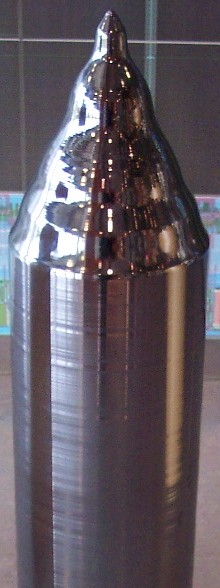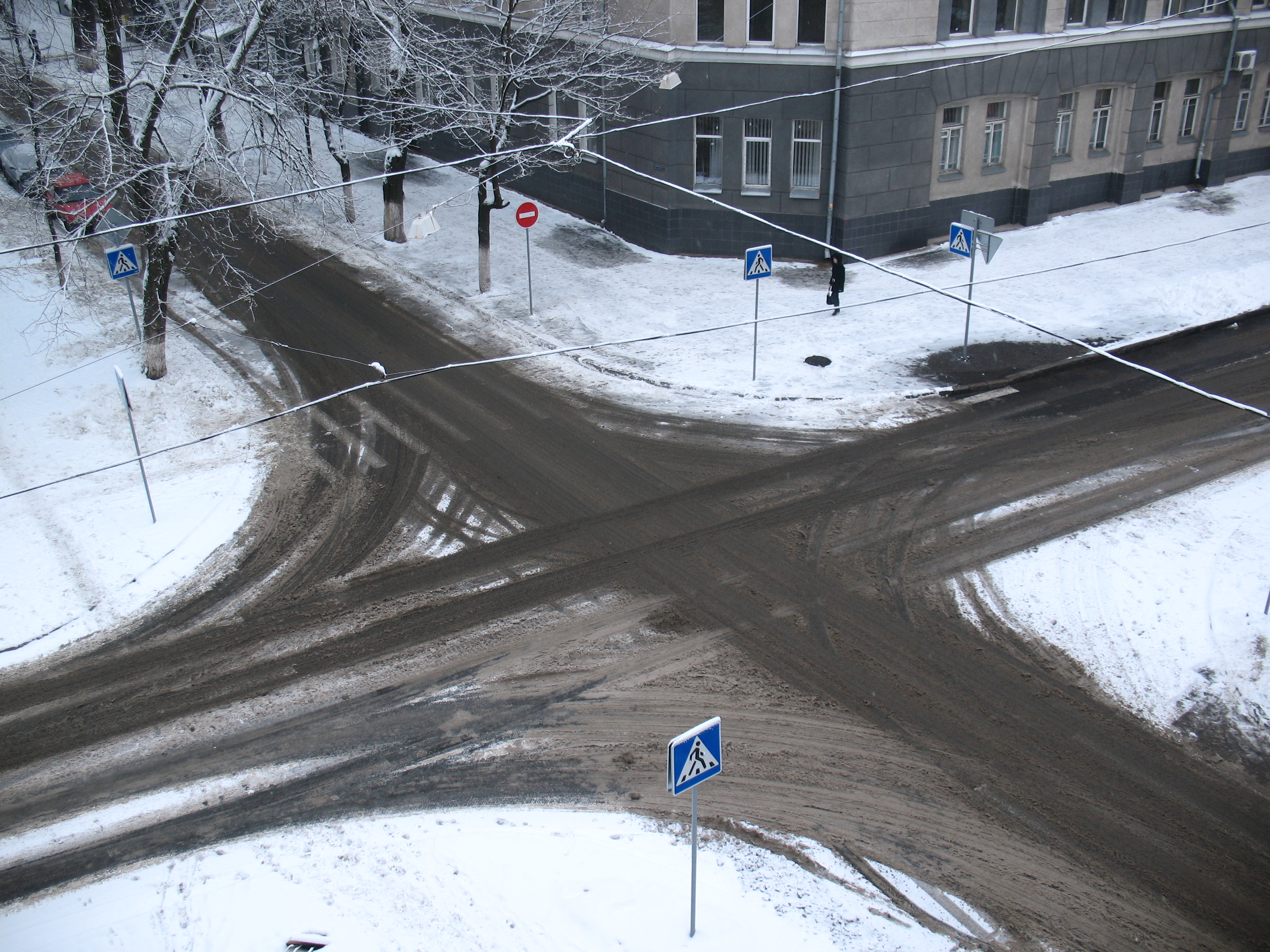Guy 1: Hey... New fridge. Nice

Guy 2: Yeah... This is my wicked smart fridge... She talks to the internet.
Guy 1: She huh? What do you need that for? *sarcastically* To save the environment?
Guy 2: You know me *holding tree* No... That's not it.
Guy 1: What's the big deal then?
Guy 2: My fridge sends my phone photos of its contents when I'm at the store. How many extra trips do you think that saves me? This beautiful baby can also choose when to run to minimize the cost of electricity she uses.
Guy 1: How's that work?
Guy 2: Beats me... Satellites... Doesn't matter... I like the extra time and money this fridge keeps in my pocket. But check this out. You put your warm beer in the freezer... The camera up there sees it and... BEEP... she tells you when it's cold.
Guy 1: Bullshit.
Guy 2: Seriously.
Guy 1: Whatever... any other fake abilities?
Guy 2: Yeah... Customizable accents... My baby's from Boston.
Guy 1: Double bullshit..
Guy 2: I'm serious. There are all sorts of accents. There's French, British, Brooklyn, Boston, Red Neck, Stephen Hawkings.
Guy 1: You are so fucking full of it.
Guy 2: Ten bucks.
Commercial closes like the end of a TV show. Long break. Commercial comes back for the Easter Egg shot with the guys sitting on the couch watching TV. The phone rings...
Guy 2: It's for you.
Guy 1: Whaddaya mean... It's your phone.
Guy 2: Trust me...
Guy 1: answers... Beep... Your beer's cold.
Guy 1: No fucking way.
Guy 2: Bam! How do you like dem apples. I love my fridge. Pay up bitch!





.jpg)



















